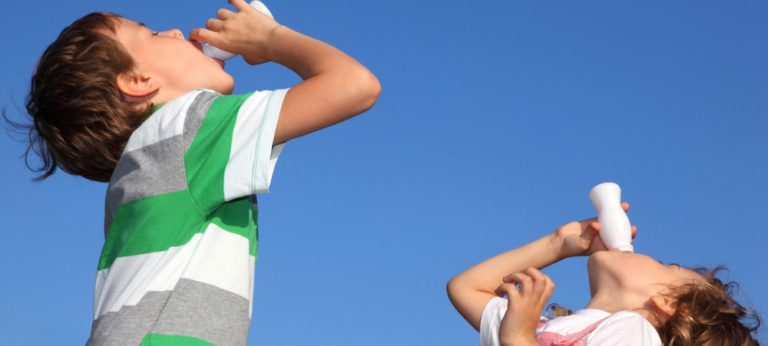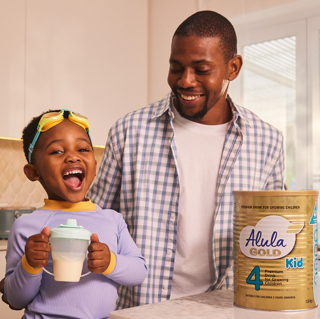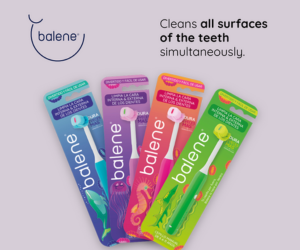Most people only think about their bones once they get a fracture or reach older age.
Just think about the tears and pain when your child breaks a bone. When he or she breaks a bone for a second time, you might ask yourself “is there anything I can do to help prevent this?”
Bones are the body’s foundation. All muscles anchor itself to our bone structure, providing support and structure, and at the same time it also helps protect our organs. Being proactive and building healthy, strong bones is therefore critical to leading a long, healthy, active and independent life.
Bones are living tissue, constantly in a state of renewal, so building and maintaining bones is a lifelong affair. The key to achieving strong bones involves a mix of weight bearing exercise, calcium-rich foods such as milk, cheese and yoghurt and vitamin D from safe sun exposure, foods or a supplement.

Not looking after bones can increase the risk of osteoporosis, a disease which sees bones become brittle and at high risk of fracture. In South Africa, osteoporosis affects one in three women and one in five men over the age of 60 years. Worldwide osteoporosis causes more than 8.9 million fractures each year; resulting in an osteoporotic fracture every three seconds!
Hip fractures are invariably associated with chronic pain, reduced mobility, disability and an increase degree of dependence. This becomes a real worry if we consider the statistics that in white women (having a higher risk for osteoporosis), the lifetime risk for a hip fracture, is 1 in 6, compared with a 1 in 9 risk of a diagnosis of breast cancer.
Bone health is determined by both genetics and lifestyle factors, and adopting a bone-friendly lifestyle at any age can help reduce the risk of osteoporosis. As part of a bone-friendly lifestyle, research confirms that milk and other dairy product remain the number one food source of calcium to support bone health.
Childhood presents the best opportunity to build bone strength and ultimately reduce the risk of osteoporosis in later years. Along with the rest of their body, children’s bones are growing rapidly throughout this period, so it’s critical that children receive enough daily calcium to ensure their bones achieve their maximum strength.
Teenage years are another massive growth period. Over a period of two years (12-14 for girls and 13-15 for boys) teens’ bodies build one-quarter (25%) of their adult bone mass. Therefore, it’s a critical time for teenagers to exercise and stockpile their bones with calcium from the diet.
Between the ages of 12-18 years calcium requirements increase and teens in general need even more milk and dairy products (3 to 4 serves from the dairy each day), where a serving of dairy is typically a cup (250ml) of milk or amasi, 2 tubs (200 ml)of yoghurt, two slices or 2 tablespoons of grated (40g) of cheese, or half a cup (120g) of cottage or ricotta cheese.
Building strong bones also requires exercise. Like muscles, bones respond to weight-bearing exercise like running or brisk walking, lifting weights or sports involving jumping. When bones are made to bear more weight than they are used to, they develop increased strength or bone density.
After the age of 30 it is important to maintain your bone density by consuming 2 – 3 servings of dairy a day. This is called the maintenance phase. The bone loss phase starts at 52 years for women, and 65 years for men. During the bone loss phase, calcium needs increases again and older people need to consume more calcium rich foods.
Registered dietitian at Rediscover Dairy, Maretha Vermaak, says: “Dairy is a valuable source of calcium in the diet. Calcium from milk and other dairy products are easily absorbed, meaning that your body can use most of the calcium effectively to build and maintain strong bones. Calcium obtained from food also enhances the positive effect of physical activity on bone mass during growth.”
















Leave a Reply